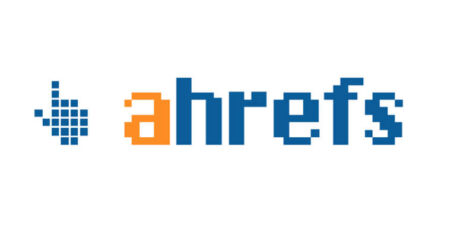9 Best Practices to Optimize a Landing Page for Google Ads
Landing pages are one of the most important aspects of online marketing. They are the pages that web visitors see when they click on an advertisement or a link. The goal of a landing page is to persuade the visitor to take a specific action, such as filling out a form or buying a product. A well-designed landing page can help to increase website traffic and improve conversion rates. There are several things that you can do to create an effective landing page, but first, you have to understand what a landing page is and its purpose. In this article, we will discuss everything you need to know about landing page optimization for Google Ads.
What is a landing page?
A landing page is a web page that a visitor arrives at after clicking on a link in a search engine results page (SERP) or another online advertisement. The page’s main purpose is to convert the visitor into a customer by persuading them to take an action, such as signing up for a newsletter, downloading an e-book, or making a purchase.
Although all pages on a website can be seen as potential landing pages, most businesses focus on creating specific pages designed for one single purpose.
Types of landing pages
There are many types of landing pages, each with its purpose and use. Some of the most common landing page types are product pages, lead capture pages, and event pages.
- Product pages are used to showcase and sell products. They typically include images of the product, a description of the product, customer reviews, and pricing information.
- Lead capture pages are used to collect contact information from potential customers. They usually feature a form that visitors can fill out to provide their name and email address. Lead capture pages often include a free giveaway or discount in exchange for contact information.
- Event pages are used to promote events, such as concerts, conferences, or trade shows. They typically include information about the event, such as the date and time, the location, and the lineup of speakers or performers.
Best practices for optimizing a landing page for Google Ads
When developing a landing page for your Google Ads campaign, it is essential to bear the following recommendations for good practice in mind:
1. Keywords
Use a targeted keyword in your ad’s headline. This will help ensure that people who click on your ad are interested in what you’re selling.
2. Relevant content
Make sure your landing page is relevant to the keywords you’re targeting. If someone clicks on your ad and arrives at a page that has nothing to do with what they were looking for, they’re likely to leave immediately.
3. Clear messaging
Use clear and concise copy on your landing page. Don’t try to cram too much information into a small space – people need to be able to understand what you’re selling within seconds.
4. Great UX
Make sure your landing page is easy to navigate. Visitors should be able to find what they’re looking for quickly and easily.
5. Design matters
Make sure your landing page looks professional. Make it easy for people to know you’re a legitimate business and not a fly-by-night scammer.
6. Opt-in forms
Make sure you have an email opt-in form on your landing page. This is one of the most important elements of your sales funnel, as it’s a critical way to make sure you’re not wasting your time.
7. Call-to-action
In a world of online distractions, it’s more important than ever to have a strong call to action on your landing page. A call to action (CTA) is a button or text that encourages visitors to take the next step, whether that’s signing up for your email list, downloading a white paper, or making a purchase.
8. Social media sharing
Make sure your landing page can be easily shared on social media, and make sure it’s easy for people to post reviews of your business. You can also use a tool like ‘Share This’ to make it easy for people to share your content on social media networks like Facebook, Twitter, and LinkedIn.
9. Contact details
Make sure your visitors can easily contact you. This can be done in several ways, such as including your email address or phone number on every page or providing a contact form.
What are the benefits of optimizing a Landing for Google Ads?
As a business, it’s important to make sure that your landing page is optimized for Google Ads to get the most out of your investment. Here are 3 of the most important benefits of optimizing your landing page for Google Ads:
-
Increased click-through rates
When people see your ad and then click through to a well-optimized landing page, they’re more likely to complete the desired action, such as making a purchase or subscribing to your service.
-
Better ROI
Because you’re getting more people to click through from your ads to your landing page, you’re likely to see better ROI on your campaign overall.
-
Increased conversion rate
You may boost the percentage of visitors who perform the required action on your landing page by optimizing it for conversions, which can result in more sales and revenue growth.
Conclusion
You should optimize your landing page for Google Ads and increase the chances of conversion by adhering to the best practices that were outlined above. Center user experience, make it simple enough, so people can find what they’re looking for without hassle (with timely information), and present things in an organized fashion – all this will help ensure success!










